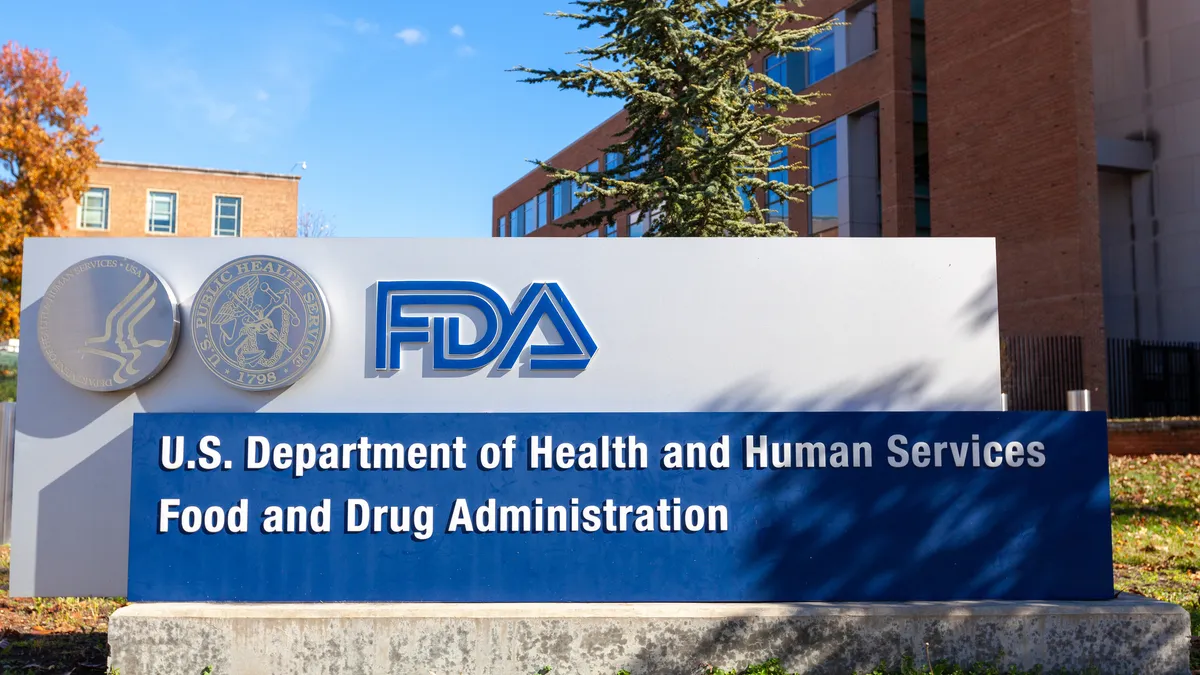News that the U.K.’s King Charles III would undergo surgery for an enlarged prostate has prompted an outpouring of public interest in prostate health — headlines about the royal’s corrective procedure brought attention to a space that requires higher rates of screening and treatment to lower mortality rates.
The American Cancer Society estimates that almost 300,000 new cases of prostate cancer will emerge in 2024, resulting in more than 35,000 deaths — the second-leading cause of cancer death in American men behind lung cancer.
The increased publicity for prostate health also came just ahead of the annual American Society of Clinical Oncology (ASCO) Genitourinary Cancers Symposium, which will showcase the newest research in prostate cancer this week.
A major issue in prostate cancer is the recommendation for screening. From 2007 to 2014, prostate cancer diagnosis declined as fewer men were screened during that time. Several studies being presented at the ASCO meeting address these concerns, including research in specific populations such as veterans, Black men and those receiving Medicare and Medicaid benefits.
Of course, the biopharma industry has been developing new treatments for prostate cancer that have greatly improved survival, and more advances are on the way. Here’s a look at how the prostate cancer drug development space is taking a more prominent role in the life sciences pipeline.
Drug R&D progress
Some of the biggest players in biopharma have brought key treatments for prostate cancer to market including Xtandi from Astellas Pharma and Pfizer, as well as Erleada from Johnson & Johnson. And the life sciences R&D engines are hard at work with more options.
One of the most anticipated studies at this week’s scientific conference comes from Exelixis and Ipsen and their tyrosine kinase inhibitor drug Cabometyx combined with the immunotherapy Tecentriq from Genentech. In topline results released last year, the late-stage trial showed significant improvement in progression-free survival — a first for this specific drug combination in phase 3, according to Dr. Howard Mayer, former head of R&D at Ipsen.
German pharma powerhouse Bayer also has several trials ongoing to study its drug Nubeqa in patients with advanced prostate cancer, including a late-stage trial pitting the treatment against Xtandi.
Treatments like these have come a long way in a relatively short amount of time — the first chemotherapy specifically for advanced prostate cancer scored approval only in 2004, and as understanding of the underlying androgenic cause of the disease improved, so did the treatments and mortality rates.
Pharma’s dealmaking strategy
As the treatments improve in earlier stages of research, pharma giants are taking to the M&A table to bring some of these new drugs in-house.
For instance, a clinical candidate — HPN328 — from Harpoon Therapeutics is being investigated for use in patients with neuroendocrine prostate cancer. The company, which will present data at the conference, struck a $680 million acquisition deal with Merck & Co. earlier this month.
Similarly, J&J’s $2 billion acquisition of antibody-drug conjugate specialist Ambrx Biopharma is centered around the drug ARX517 for patients with prostate cancer.












